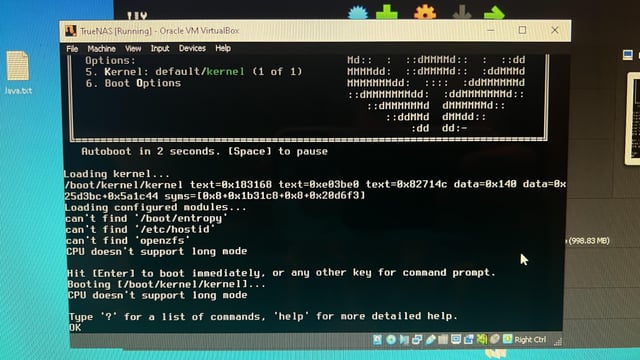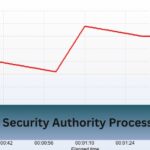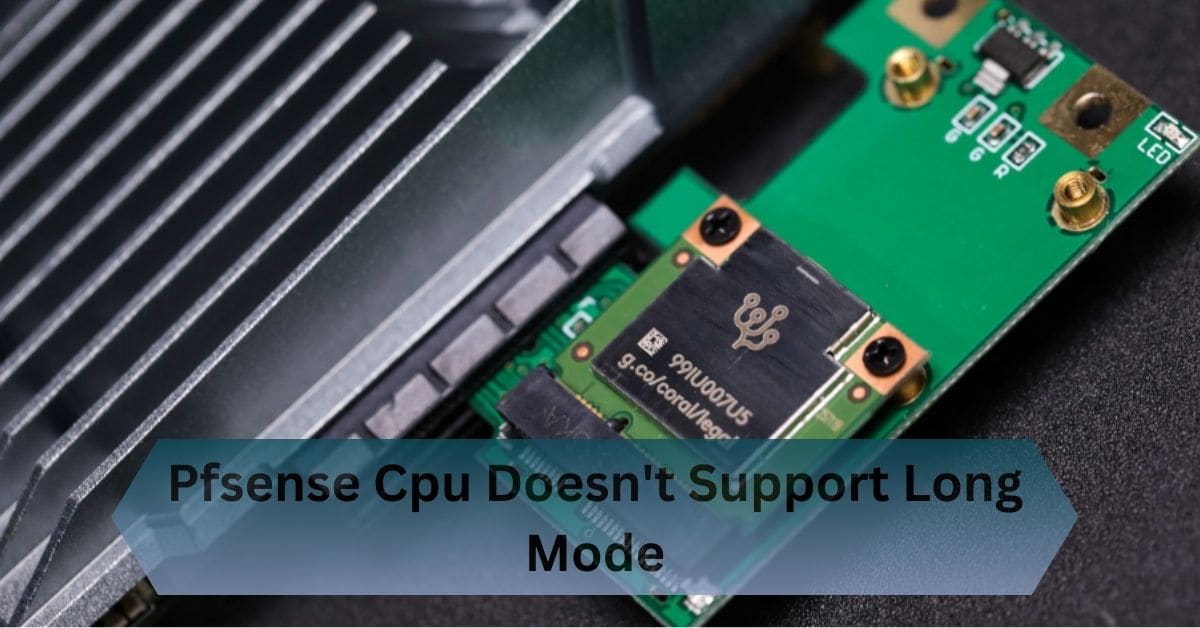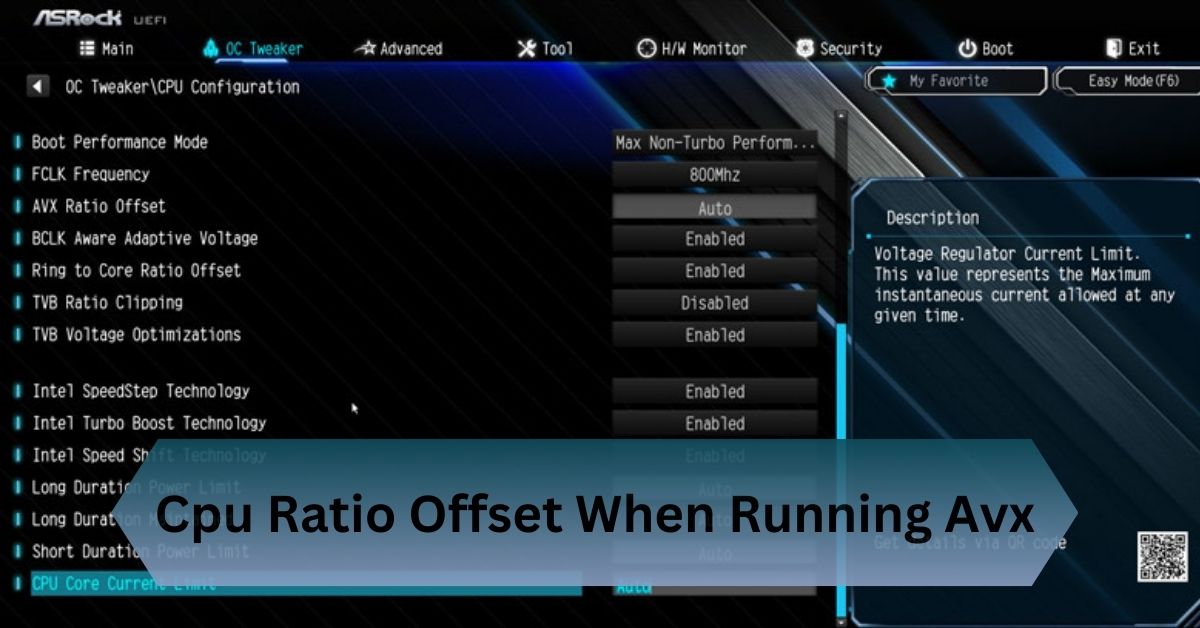I once faced the pfsense cpu doesn’t support long mode error while setting up pfSense on an older server. The issue was resolved after updating the BIOS and enabling the 64-bit mode in the settings, allowing for a smooth 64-bit installation.
Pfsense cpu doesn’t support long mode It was a quick fix, and the installation went smoothly. The installation then worked perfectly. The process was a valuable learning experience in troubleshooting hardware compatibility.
Encountering the pfsense cpu doesn’t support long mode can feel like hitting a roadblock in your network setup journey. Time to consider a hardware upgrade to get things running smoothly.
Table of Contents
What is Long Mode?
Long mode is the operational mode of x86-64 processors that enables 64-bit computing. This mode allows the CPU to access a significantly larger address space compared to 32-bit mode, breaking the 4 GB RAM limitation inherent to 32-bit systems.

Long mode enhances the processor’s ability to handle more data per clock cycle, which can improve performance for certain applications, particularly those requiring substantial memory and computational power.
It is crucial for modern computing environments as it supports larger and more complex applications, improves memory utilization, and ensures compatibility with contemporary software that increasingly demands 64-bit capabilities.
Why is long mode important for pfSense?
Long mode is important for pfSense for several reasons:
Memory Utilization:
Long mode allows pfSense to utilize more than 4 GB of RAM, essential for handling memory-intensive tasks and services.
Enhanced Performance:
64-bit processors can process more data per clock cycle compared to 32-bit processors, leading to better overall performance.
Future-proofing:
Ensures compatibility with future software updates and features that require 64-bit support, safeguarding the investment in network infrastructure.
Advanced Features:
Supports modern pfSense features and packages that may require 64-bit capabilities, such as advanced VPN configurations, intrusion detection/prevention systems, and more.
Improved Security:
Many security features and updates are optimized for 64-bit systems, providing better protection against vulnerabilities.
How can I check if my CPU supports long mode for pfSense?
To check if your CPU supports long mode for pfSense, follow these steps:
- Review Manufacturer Specifications:
- Visit the CPU manufacturer’s website and look up your specific CPU model.
- Check the technical specifications to see if it supports 64-bit processing.
- Use the lscpu Command (Linux):
- Open a terminal and run the command lscpu.
- Look for the “Architecture” field. If it says “x86_64,” your CPU supports long mode.
- Use the dmidecode Command (Linux):
- Open a terminal and run the command sudo dmidecode -t processor.
- Look for the “Width” field. If it shows “64 bits,” your CPU supports long mode.
- Check with cat /proc/cpuinfo (Linux):
- Launch a terminal and execute the command `cat /proc/cpuinfo`.
- Look for the “flags” section and check if it includes “lm” (long mode).
- Use the systeminfo Command (Windows):
- Open Command Prompt and run the command systeminfo.
- Look for the “System Type” field. If it says “x64-based PC,” your CPU supports long mode.
What should I consider when selecting hardware for pfSense?
When selecting hardware for pfSense, it’s crucial to ensure that the hardware meets both current and future network demands. Start by choosing a processor that supports 64-bit long mode to allow for better memory utilization and performance.

Opt for a multi-core CPU with a high clock speed to handle high network traffic and complex configurations efficiently. Ensure the system has adequate RAM, with a minimum of 2 GB recommended, but more may be necessary for demanding environments.
Pfsense Cpu Doesn’t Support Long Mode consider hardware features such as AES-NI for enhanced encryption performance and virtualization extensions if you plan to run pfSense in a virtualized environment, by carefully selecting hardware with these considerations in mind.
How does long mode enhance pfSense performance?
Long mode enhances pfSense performance in several key ways:
- Increased Memory Access: Long mode allows pfSense to utilize more than 4 GB of RAM, which is crucial for handling large amounts of network traffic and running memory-intensive services like VPNs and intrusion detection systems.
- Improved Processing Power: 64-bit CPUs can process more data per clock cycle compared to 32-bit CPUs. This results in faster data processing and improved performance, particularly in tasks that require significant computational resources.
- Better Multi-tasking: With access to more memory and improved processing capabilities, pfSense can handle multiple simultaneous tasks more efficiently. This is especially important in complex network environments where multiple services and features are running concurrently.
- Enhanced Security Features: Long mode supports modern security features and encryption technologies that can improve overall network security. Features like AES-NI (Advanced Encryption Standard New Instructions) are available on many 64-bit processors, offering hardware acceleration for encryption tasks.
- Future-proofing: As software evolves, more features and updates are designed for 64-bit systems. By operating in long mode, pfSense remains compatible with these advancements, ensuring it can leverage new technologies and improvements over time.
What are the minimum CPU requirements for pfSense?
The minimum CPU requirements for pfSense are designed to ensure basic functionality and performance. At a minimum, pfSense requires a modern, multi-core processor with at least a 1 GHz clock speed to handle fundamental routing and firewall tasks.
While a 32-bit processor can run pfSense, it is recommended to use a 64-bit CPU to leverage better performance and memory capabilities. The processor should also support AES-NI (Advanced Encryption Standard New Instructions) for efficient hardware-accelerated encryption, which is beneficial for handling secure connections and VPNs.
For optimal performance, especially in more demanding environments, a more powerful 64-bit processor with multiple cores and higher clock speeds is advisable, along with sufficient RAM to support pfSense’s advanced features and configurations.
How can I resolve the issue of pfSense indicating that my CPU doesn’t support long mode?
Physical Machine:
Check BIOS/UEFI for virtualization settings:
- Intel: Look for Intel VT-x.
- AMD: Look for AMD-V.
Virtual Machine:
Ensure VM is set to 64-bit architecture:
- VMware: Edit VM settings and set the guest OS to a 64-bit version.
- VirtualBox: Configure VM for 64-bit and enable virtualization in the host BIOS/UEFI.
What are the benefits of upgrading to a CPU that supports long mode for pfSense?
Upgrading to a CPU that supports long mode for pfSense offers several benefits. Long mode, which enables 64-bit processing, allows pfSense to utilize more than 4GB of RAM, enhancing performance for memory-intensive tasks and increasing overall system stability.

This capability is particularly beneficial for larger networks or environments with heavy traffic, as it can handle more connections and throughput without performance degradation. Additionally, 64-bit processing provides access to modern CPU instructions and optimizations, improving processing speed.
It also ensures compatibility with future updates and features, as many software advancements and security enhancements are designed for 64-bit architectures. Thus, upgrading to a CPU that supports long mode ensures that pfSense can leverage these improvements, providing a more robust, efficient.
What are the steps to upgrade your CPU to support Long Mode for pfSense?
Identify Compatible Hardware:
Check CPU and Motherboard Compatibility:
- Socket Type: Ensure the new CPU fits the motherboard socket type (e.g., LGA1200, AM4).
- Chipset Compatibility: Verify that the motherboard chipset supports the new CPU.
Verify RAM Compatibility:
- Type and Speed: Ensure the RAM is compatible with the new motherboard (e.g., DDR4 at the supported speed).
- Capacity: Check that the new motherboard supports the total amount of RAM you plan to use.
Confirm Power Supply Adequacy:
- Wattage: Ensure your power supply provides enough power for the new CPU and other components.
- Connectors: Verify that the power supply has the required connectors for the new motherboard and CPU.
Check Case Compatibility:
- Form Factor: Ensure the motherboard fits in your existing case (e.g., ATX, microATX)
- Cooling: Verify that your case has adequate cooling for the new CPU, including any required heatsinks or fans.
Review Peripheral Compatibility:
- Ports and Slots: Ensure the new motherboard has enough ports and slots for your peripherals (e.g., USB ports, PCIe slots for network cards).
- Storage Interfaces: Check that the motherboard supports your existing storage devices (e.g., SATA, NVMe).
Frequently Asked Questions:
1. How does the lack of long mode affect the network throughput of pfSense?
The lack of long mode can limit network throughput due to reduced memory access and slower processing speeds, impacting the firewall’s ability to handle high traffic loads efficiently.
2. What alternatives are there if my hardware doesn’t support long mode and I want better performance?
You could consider upgrading your hardware to a 64-bit system or using a lightweight firewall solution designed for 32-bit CPUs with lower resource requirements.
3. Is there a cost-effective way to upgrade to a CPU that supports long mode?
Yes, look for used or refurbished 64-bit CPUs compatible with your current motherboard, or consider budget-friendly new models that support long mode.
4. How do I know if my current CPU supports long mode?
You can check your CPU’s specifications on the manufacturer’s website or use system information tools like CPU-Z to see if your CPU supports 64-bit processing.
Conclusion:
CPU that doesn’t support long mode, upgrading to a CPU that include better performance, the ability to use more than 4GB of RAM, access to newer CPU features, and improved compatibility with future updates this upgrade ensures a more powerful.










